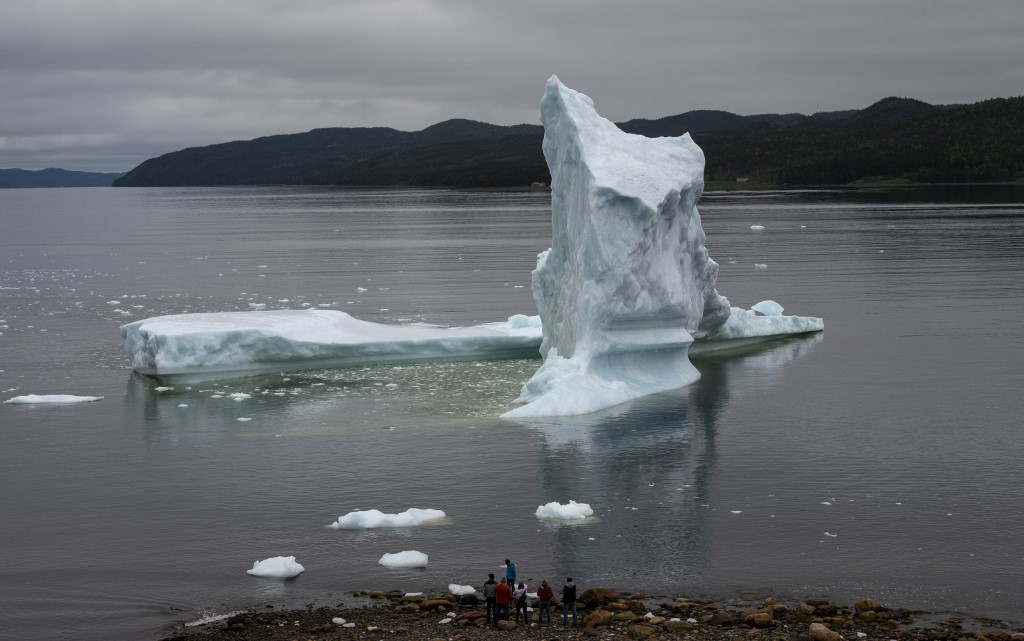
In this case, it is completely natural and should not be used as any form of evidence for climate change. The more people hear, the easier it is for them to ignore it. While many of them are true, eventually it becomes a double edge sword. One of the biggest problems is that many things are thought to be caused by climate change. However, large scale events like this one are much rarer.Īn event of this scale only occurs every 60-70 years. It is much larger than the state of Rhode Island and is over 70-timers larger than. The iceberg is named A-76, as it broke off in the A sector of Antarctica. It is over 4,300 square kilometers in size and is now the largest iceberg in the world. In fact, over 40,000 icebergs break off from their glaciers each year. An enormous iceberg broke off the Ronne Ice Shelf in Antarctica, moving into the Weddell Sea. It is normal to see multiple smaller events throughout the year. After years of suspense, an iceberg approximately the size of London has broken away from the Brunt Ice Shelf in Antarctica, only a few miles from the Halley British Antarctic. If they did not have a calving event, then glaciers would continuously grow. Once the weight reaches a certain point, the ice becomes too heavy to support itself. The reason this occurs is from glacier balance thanks to the weight it gains from snowfall. That chunk is then referred to the ocean as an iceberg. The Calving process is a natural phenomenon that occurs when a chunk of ice breaks off a glacier. A lost ship will not only result in lost cargo but also the crew. To further highlight how important this is, remember that 90% of the world’s trade travels by sea. The satellite images of the finger-shaped iceberg were captured by European Space Agency’s. The oblong-shaped formation spans 1,668 square. The A-76 iceberg, the largest in the world, has just separated from the Antarcticas Ronne Ice Shelf. It is imperative that icebergs are properly tracked so that ships can travel without worry.Īnd of course, this iceberg will be tracked because it is a major hazard to ships due to its large size. A gigantic piece of ice has broken off from Antarctica and become the largest iceberg in the world, the European Space Agency announced this week. If you have seen “Titanic,” you probably already know that icebergs are a hazard for ships.

This type of behavior is perfectly natural and takes a long time to occur. The team tracking this iceberg has been doing so since as early as 2002. In fact, it is completely natural for icebergs to break off of the Antartic shelf. While your first instinct may be to blame climate change, this is actually not related. To put this into perspective, this is slightly larger than twice the size of New York City. "It's really important that the public doesn't get confused and think that this is climate change," Fricker said.A massive iceberg measuring the size of 610 square miles has broken off of the Antartic shelf. Luckman thinks another iceberg will break off the Brunt Ice Shelf in the coming weeks or months. The east of Antarctica-where D28 broke off-is different from the west of the continent and Greenland, which are rapidly warming due to climate change. In 2017, an iceberg the size of Delaware broke off the continents Larsen C ice shelf. The gain in mass comes from snow falling on the continent and glaciers that move slowly toward the shore. They want to stay the same size," said Fricker, a professor at the Scripps Institution of Oceanography at the University of California. "Ice shelves have to lose mass because they gain mass. The figures are huge, but iceberg production is part of the normal cycle of ice shelves, which are an extension of the ice cap, she said. This animation shows the giant slab of ice breaking off from the Ronne Ice Shelf, lying in the Weddell Sea, on May 13. It is about 210 meters (yards) thick and contains 315 billion tonnes of ice, American glaciologist Helen Amanda Fricker said. The world’s largest iceberg, dubbed A-76, has calved from Antarctica. The Conger ice shelf, which had an approximate.


It measures 1,582 square kilometers (610 square miles), according to the European Copernicus program. An ice shelf about the size of Rome has completely collapsed in East Antarctica within days of record high temperatures, according to satellite data. The iceberg, dubbed D28, broke away from the Amery ice shelf between September 24 and 25, according to observations from European and American satellites.


 0 kommentar(er)
0 kommentar(er)
